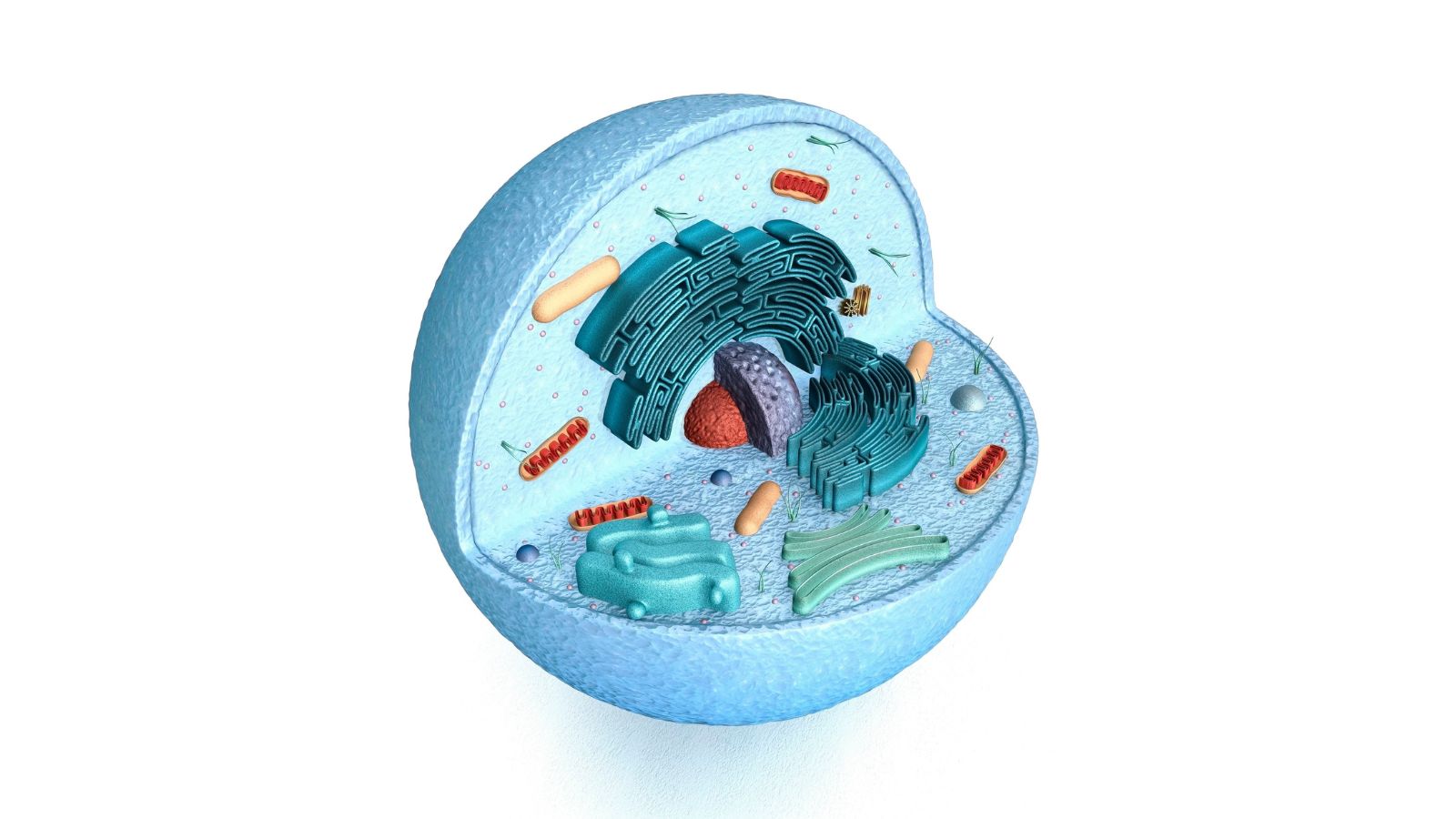Approaches to Combinational Immunotherapies: From Clinic to Approval

Biomarkers & Immuno US 2022 featured a wide range of fascinating panel discussions prospecting the present and future of combination immunotherapy. The workshop Advances in Combination Therapeutics included a compelling panel discussion section on the Approach from Clinic to Approval.
Moderating the panel was Russell LaMontagne, President and Chief Executive Officer of Boston Immune Technologies and Therapeutics. Joining him on the panel was Pravin Kaumaya, Professor of Medicine at Ohio State University Medical School.
Kaumaya kicked off the discussion by outlining that combinational immunotherapy has focused on the use of immune checkpoint inhibitors (ICIs) in tandem with various other strategies. Radiation, chemotherapy, and targeted therapies have all taken combinational approaches to treatment with ICIs.
The ICIs that are so far approved by the FDA target PD-1 (nivolumab and pembrolizumab), CTLA4 (ipilimumab), and PDL-1 (atezolizumab, avelumab, and durvalumab). Kaumaya noted that there has since been a large volume of ongoing research in combining those immune checkpoint inhibitors together — “as well as the new and emerging ones like LAG3, TIGIT, et cetera,” he said.
Evidence from the clinic when comparing the outcomes of monotherapies and combinatorial approaches highlights prolonged benefit for some patients, while others can experience toxicity. Because of this, Kaumaya stressed the need for researchers to focus on dosing type and volume when working with monoclonal antibodies.
Challenges with the Development of Combination Immunotherapy
LaMontange pointed out that one goal of using ICIs was to improve the efficacy of other immunotherapeutic modalities. However, he said that “the challenges that you deal with in the immune system are complex. For example, the fact that these antibodies are expressed on many cell types that respond and interact with each other.”
There are further issues that emerge from designing trials for combination therapies. One problem in doing so is the fact that it is uncommon to have naïve patients: “The patients in those trials have distorted immune systems — so, who knows if your marker is expressed or not?”
Until more recent data, the first generation of combination products had low efficacy, but LaMontagne wondered whether this was due to inadequately designed trials. He explained: “we need to work out how to design trials to understand what is effective or not.” One important question is what sort of toxicity can be expected: “these are pretty aggressive diseases by the time you get to these investigational therapies, but the toxicities are high too.”
A key objective concerns patient population and investigating which patients that are going to respond to antibody treatment. LaMontagne exemplified this: “We found that in mouse studies, it wasn’t as simple as just combining two therapies. In our studies, the sequence of administration impacted the efficacy of the combination with PD-1.”
LaMontagne’s team had thought to swap the order of the drugs administered due to similar scenarios emerging from earlier studies. Therefore, better modelling and novel trial designs were recommended by LaMontagne to tackle the specific challenges of combination approaches.
Translating Animal Models to In-Human Studies
One audience member asked how confident the panel were that animal data will be informative for human trials. For instance, if the preclinical animal data shows that a therapy needs to be administered first and checkpoint inhibitors after, will this need to be addressed using separate human cohorts? Doing so may run the risk of complicating clinical development and increasing cost significantly.
Kaumaya weighed in on this question, answering, “Of course the mouse immune system is not a one-to-one recapitulation, but it does provide a good indication as to where to go and how to refine things.” Furthermore, he noted that preclinical testing “has to start somewhere,” and that animal modelling was an important part of guiding researchers on how to move forward.
He mentioned that there are a number of different potential models for preclinical testing, including humanised mice for monotherapies and dual therapies. Comprehensive models for immunotherapies include dogs and non-human primates. “However, non-human primates are not looked on very favourably upon by National Institutes of Health because of the number of the animals available,” Kaumaya added.
Biomarkers, Dosing, and Future Outlook
According to Kaumaya, biomarkers are vital for picking the right combination for the right population. Preclinical studies in mice can guide researchers in combinations of checkpoint inhibitors with other modalities like oncoviruses, chemotherapy, and radiotherapy. However, Kaumaya predicted that targeted therapies and finding their right doses will unveil the prodigy for immunotherapy.
LaMontagne noted that the very concept of immuno-oncology was still young, “so there is still a lot to be learned.” Significantly, his team believe that they have identified a potential biomarker which they are finding new and challenging. “You really have to invent your biomarker for your drug if you are going to try and move it forward, I don’t think there’s a way to do it otherwise,” LaMontagne added.
Furthermore on the subject of dosing, it is notable that ICIs for PD-1 and PDL1, as well as targeted therapies, are administered in combination with chemotherapy. Kaumaya said that “everything is given with chemotherapy; the question revolves around dosing and the regimen that you use.”
At its current stage, the field of immuno-oncology and combinatorial approaches therein is vast and open: “hopefully we’ll learn more as various labs continue to work on it,” added Kaumaya. “The number of combination immunotherapies being tested in clinical and preclinical studies is mind-boggling. So, we will likely learn much more as we move forward.”
Visit Immuno UK: In Person: A two-day event packed with leading speakers, research, and cutting-edge presentations on the latest advancements in cancer immunotherapy, with dedicated sessions on different therapeutic modalities as well as case studies on innovative preclinical and translational tools






